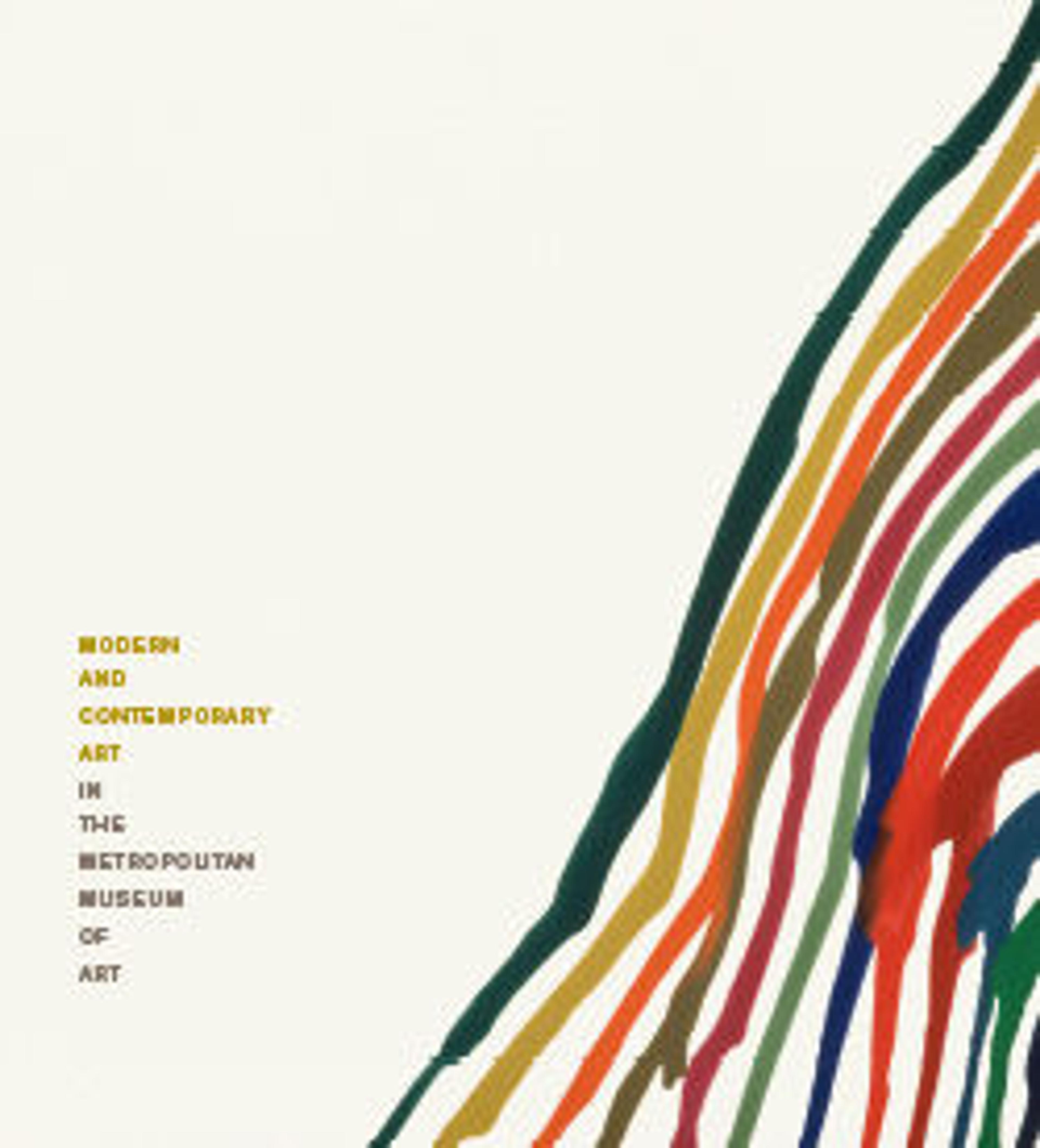Duck Walk
Bradford rarely creates his works with paint. Rather, he often binds together layers of found and store-bought papers with materials like string and glue, and then sands down the collages to reveal different colors in irregular configurations. In Duck Walk, Bradford used bleach and water to transform some of his black and white paper stocks into yellow and tan tones. The reduced color palette, monumental size, and jagged contours reference Abstract Expressionism, and particularly the paintings of Clyfford Still. Whereas Still argued that his paintings made no reference to everyday life, Bradford’s piece, which takes its title from a dance move associated with the musician Chuck Berry and later adapted by the ballroom voguing community, resonates with African American history and culture.
Artwork Details
- Title: Duck Walk
- Artist: Mark Bradford (American, born Los Angeles, California, 1961)
- Date: 2016
- Medium: Mixed media on canvas
- Dimensions: Overall: 9 ft. 5/8 in. × 14 ft. 2 1/4 in. × 2 1/2 in. (275.9 × 432.4 × 6.4 cm)
a - left panel: 9 ft. 5/8 in. × 84 3/4 in. × 2 1/2 in. (275.9 × 215.3 × 6.4 cm)
b - right panel: 9 ft. 1/4 in. × 85 1/2 in. × 2 1/2 in. (275 × 217.2 × 6.4 cm) - Classification: Paintings
- Credit Line: Purchase, Anonymous Gift, 2017
- Object Number: 2017.291a, b
- Rights and Reproduction: © Mark Bradford
Courtesy the artist and Hauser & Wirth - Curatorial Department: Modern and Contemporary Art
More Artwork
Research Resources
The Met provides unparalleled resources for research and welcomes an international community of students and scholars. The Met's Open Access API is where creators and researchers can connect to the The Met collection. Open Access data and public domain images are available for unrestricted commercial and noncommercial use without permission or fee.
To request images under copyright and other restrictions, please use this Image Request form.
Feedback
We continue to research and examine historical and cultural context for objects in The Met collection. If you have comments or questions about this object record, please contact us using the form below. The Museum looks forward to receiving your comments.
